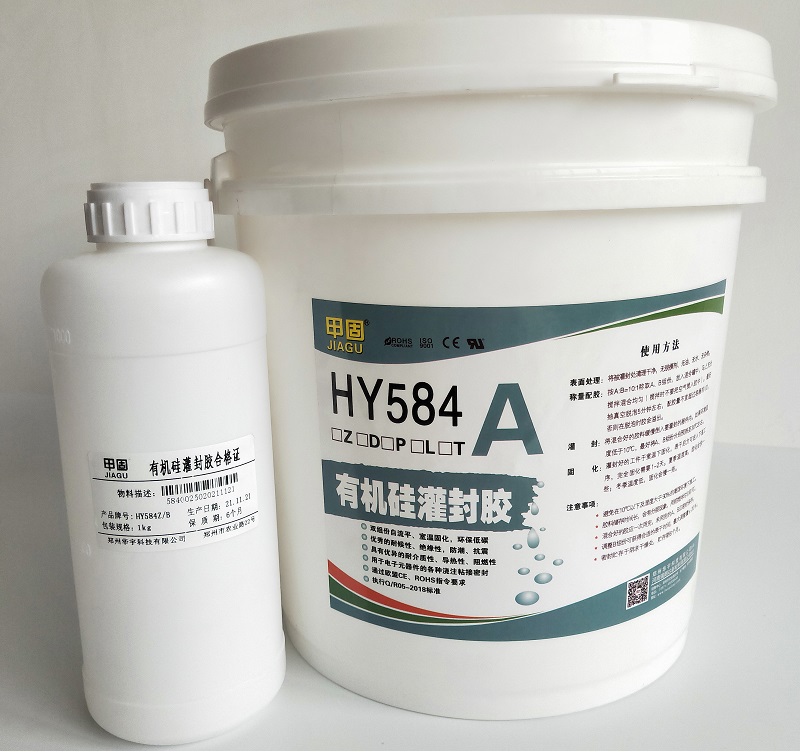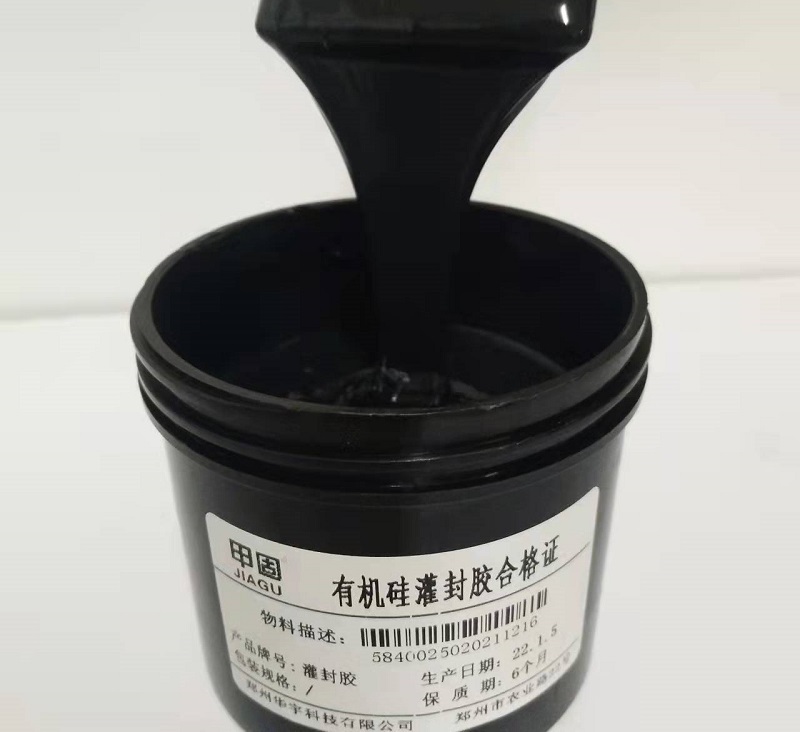There are many types of silicone sealant, and different types of silicone sealant have significant differences in temperature resistance, waterproof performance, insulation performance, optical performance, adhesion performance to different materials, and soft hardness
& nbsp; & nbsp; The color of silicone sealant can generally be adjusted as needed. Whether transparent, non transparent, or colored. Organic silicone sealant performs very well in terms of shock resistance, electrical performance, waterproof performance, high and low temperature resistance, and anti-aging performance. Dual group silicone sealant is the most common, which includes two types: condensation type and additive type< br />

& nbsp; & nbsp; There are many types of silicone sealant, and different types of silicone sealant have significant differences in temperature resistance, waterproof performance, insulation performance, optical performance, adhesion performance to different materials, and soft hardness. Organic silicone sealant can be infused with functional fillers to endow it with properties such as conductivity, thermal conductivity, and magnetic conductivity< br />

& nbsp; & nbsp; The mechanical strength of silicone sealant has variability, and it is precisely by utilizing this property that it achieves; Can be broken open; Easy to repair, that is, if a component malfunctions, simply pry open the sealing glue, replace it with a new component, and it can continue to be used< br />

& nbsp; & nbsp; Generally, condensation type has appropriate adhesion to components and encapsulation cavities, and volatile low molecular substances are generated during the curing process, resulting in a significant shrinkage rate after curing. The addition molding (also known as silicon gel) has very small shrinkage and no low molecular weight is produced during the curing process. It can be quickly cured by heating.
nine hundred and three



 豫公網(wǎng)安備41042102000091號(hào)
豫公網(wǎng)安備41042102000091號(hào)
 豫ICP備14028033號(hào)
豫ICP備14028033號(hào)